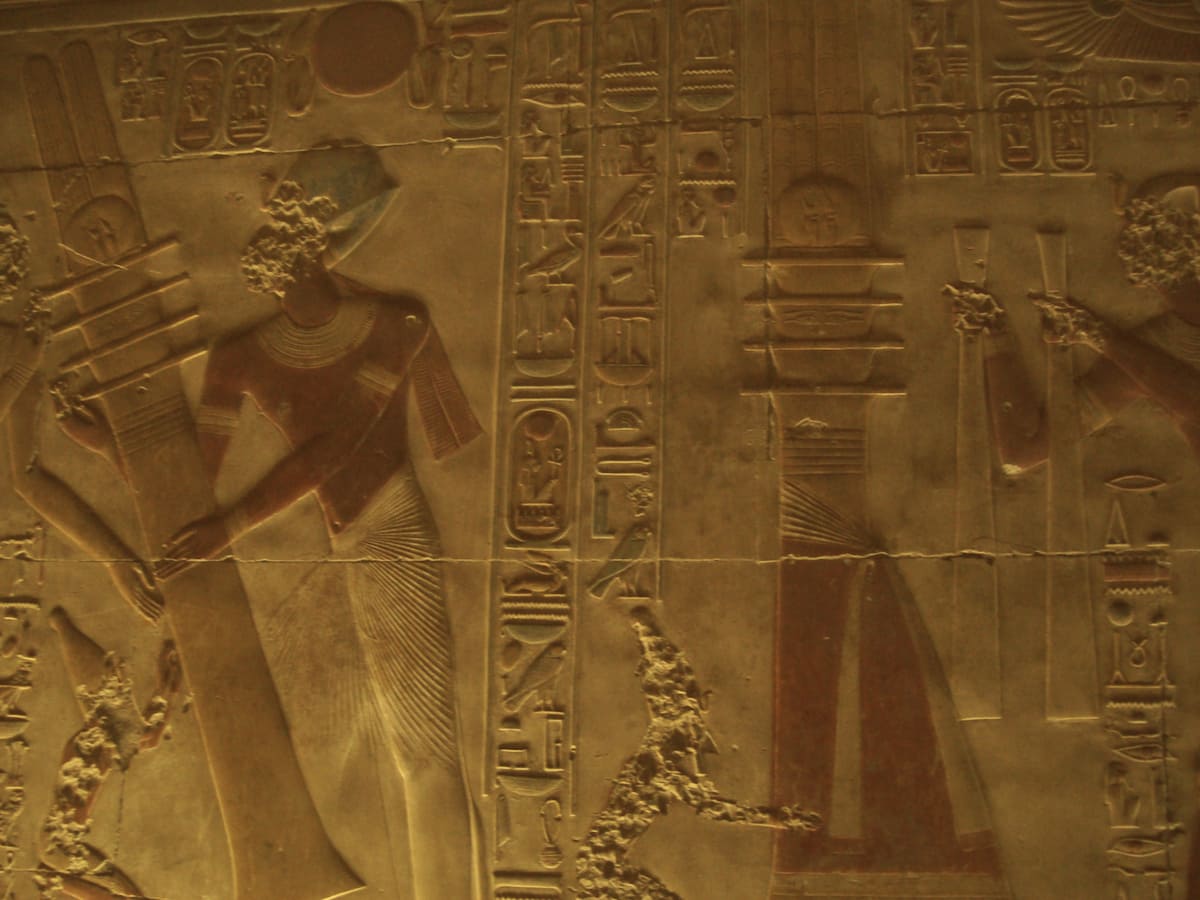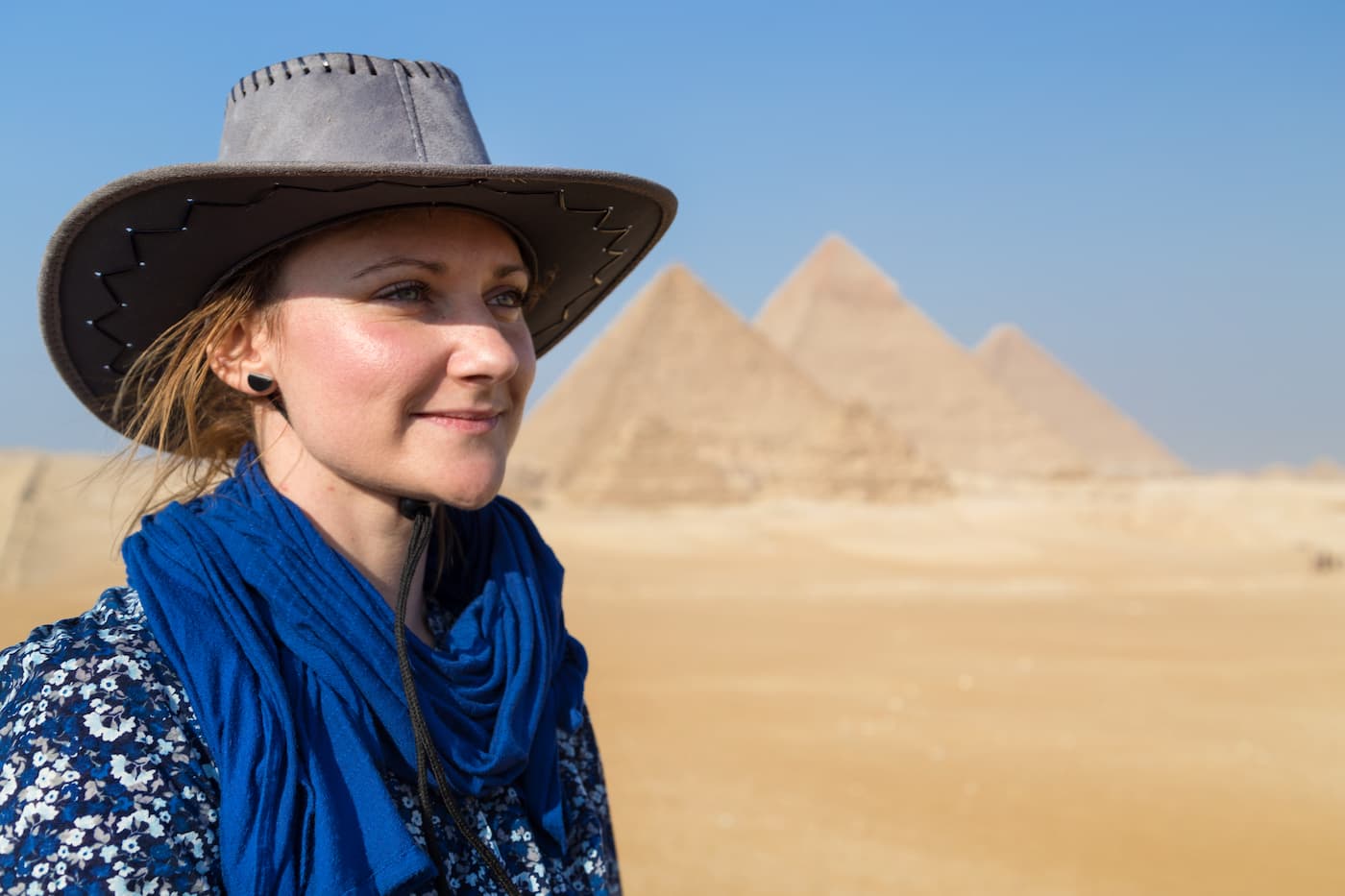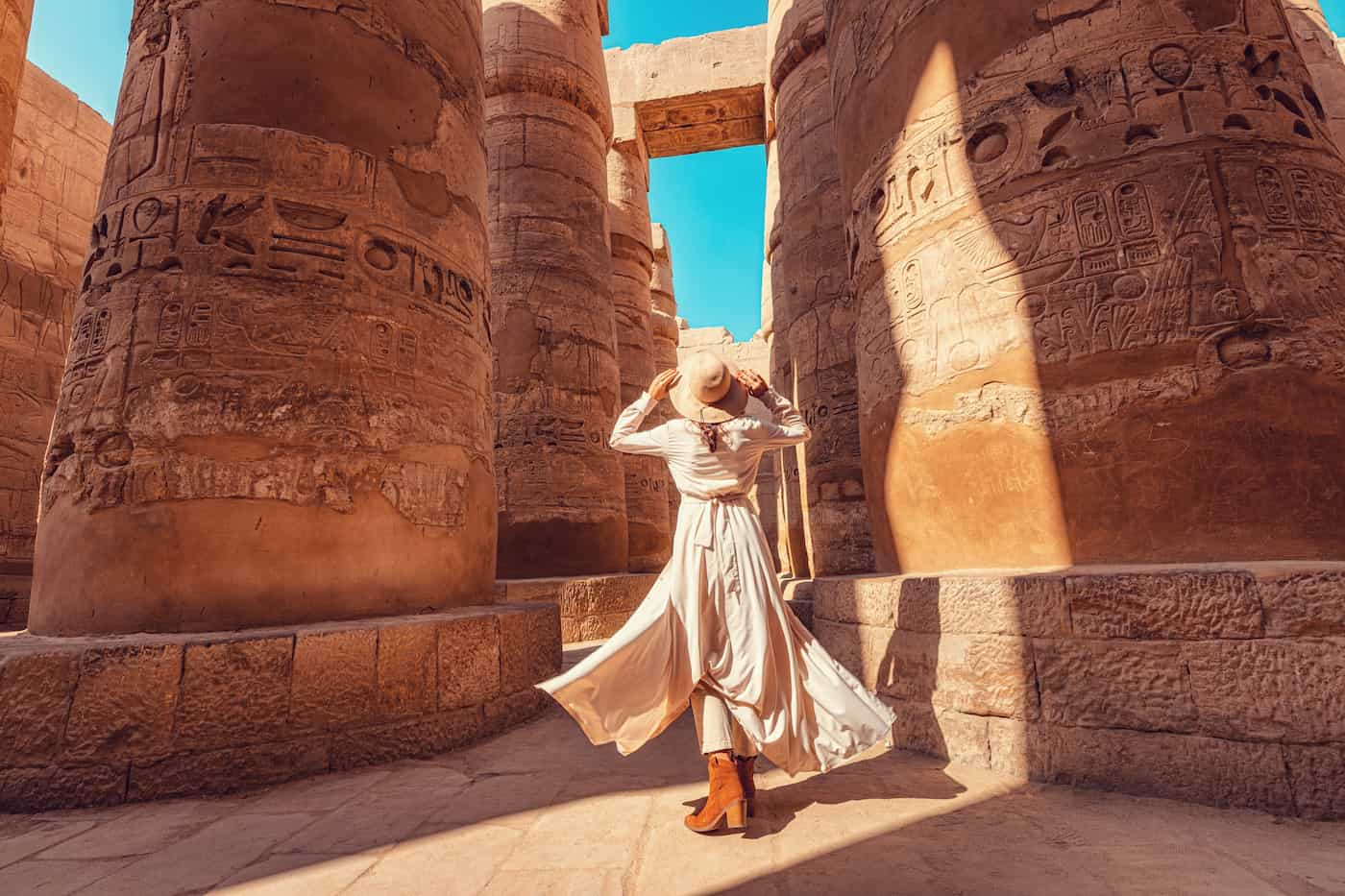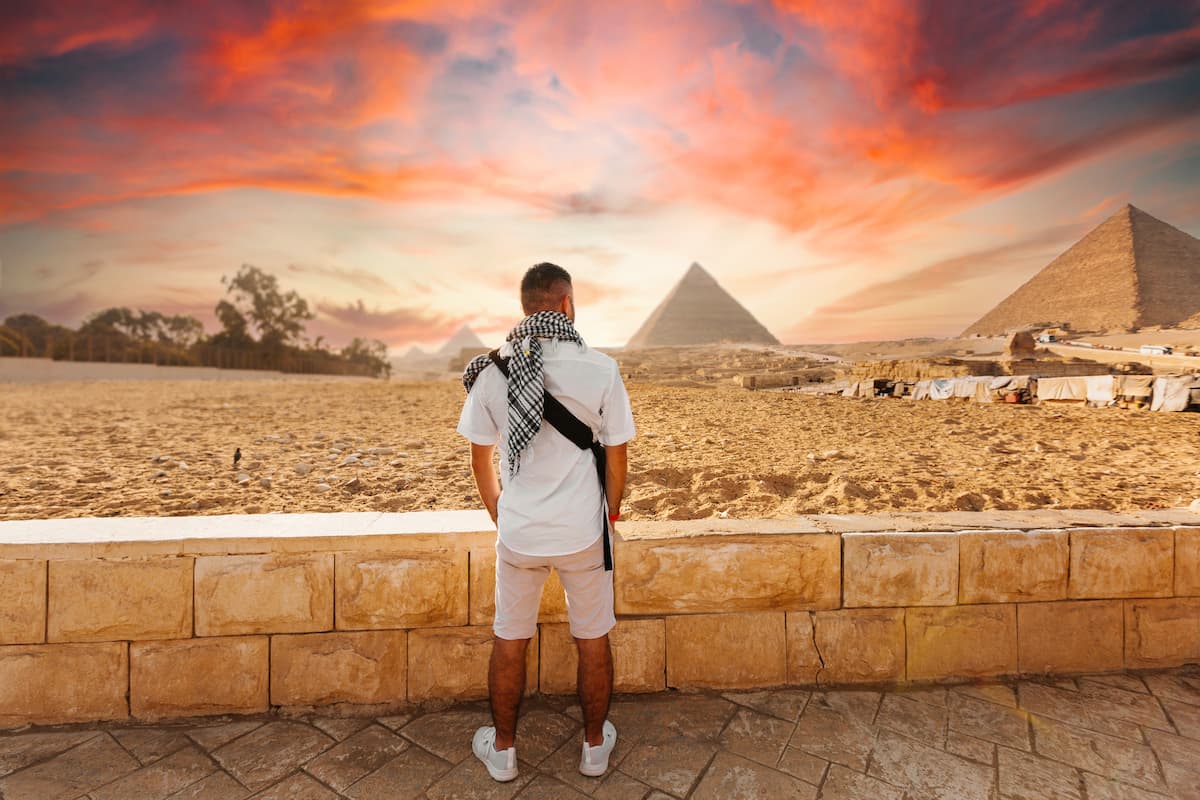The Djed Pillar: Meaning, Symbol, and Legacy in Ancient Egypt
The Djed pillar stands as one of the chief icons of ancient Egyptian form. It often appears carved on temple walls, painted on coffins, or cast as amulets-a structure given to a certain grandeur with four horizontal crossbars interspersed along a long column. At first glance, it might seem like a simple architectural design. Establishing all the cultural and spiritual weight was the Djed pillar itself. The Djed pillar’s meaning was the symbolism of stability, endurance, and eternal life. The Egyptians considered it to represent the backbone of the god Osiris, king of the afterlife, and by implication, the backbone of creation itself.
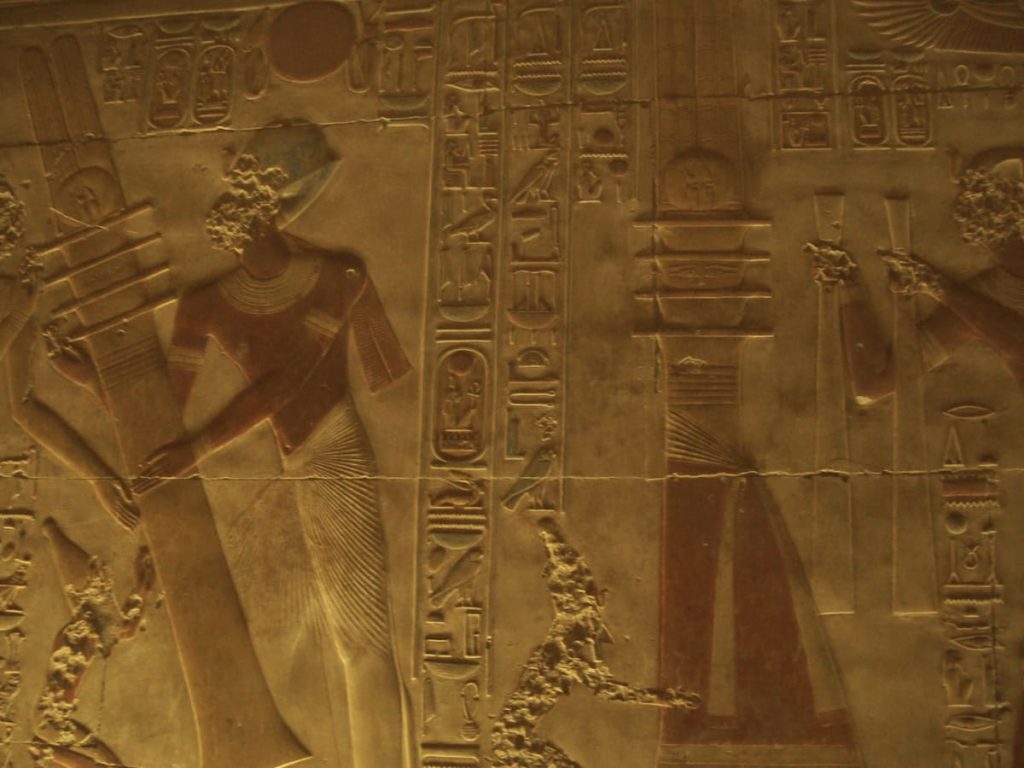
Djed Pillar
Some authors argue that, according to archaeological data, its origin dates back to primitive tree or pole cults where the upright trunk was a symbol of strength and support. The simple concept eventually evolved into one of the focal religious symbols of Egyptian civilization as their religion matured. Djed pillar jewelry was worn as a charm for protection, and rituals for the dead also employed images of the pillar.
The symbol also appeared in annual ceremonies, in which the priests would raise the Djed to renew and maintain the kingship. This rite helped to affirm Egypt’s relationship between divine order and political power. Wherever the pillar was seen: temples or tombs or even amulets-it forever stood for stability and strength, both of which are required here in the world and in the eternal scores after death. In a broader sense, the Djed pillar is religious but also cultural, assigned to notions of strength, rebirth, and holiness.
The Djed Pillar Meaning and Symbolism
The concept revolving around the Djed pillar is that of stability and strength. The ancient Egyptians conceived this world as fragile and always under the threat of chaos; the Djed was the assurance that order would prevail over time. With its four horizontal bars stacked on a vertical shaft, it stated balance and stability. For the Egyptians, it was beyond mere design a visual statement of life’s foundation.

The Djed Pillar Symbolism
The Djed pillar symbol also has a direct connection to Osiris, the resurrection god. Numerous texts speak of it as his spine, supporting his body, and by implication, the support of the world. Thus, they associated the Djed with natural cycles of death, rebirth, and eternal renewal. This idea struck home with the peasant farmers, for all their livelihood depended on the annual flooding of the Nile that would first wreak havoc and later shower soil and crops.
The Djed also served as a bridge between earthly force and divine power. Pharaohs showcased their prowess as rulers who could bring order to a world with potentialities of disorder. There were rituals to “raise the Djed,” performed by the priests, so that stability could, and still can, be reestablished.
Given this connection, Egyptian Djed pillar-shaped jewelry was often placed with the deceased in hopes that this would provide the backbone and endurance for the soul in the hereafter. The possessed or worn charm carried the presence of divine power. To this day, many consider the Djed a symbol of endurance and a spiritual root-however, it still journeys further through time.
Role of the Djed Pillar in Ancient Religion
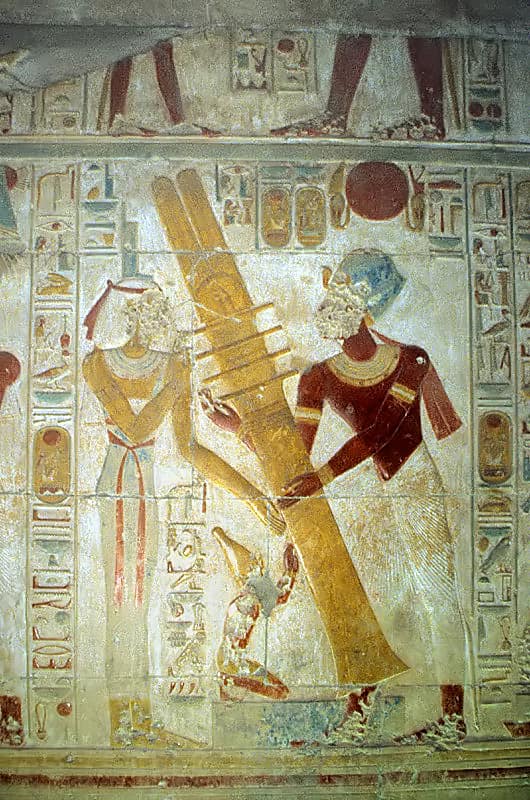
The Djed Pillar
Myth, ritual, and symbols converged in the ancient Egyptian religion, where the Djed was a central concept. The Djed pillar, as a symbol, stood for divine order, yet it was also manifested in the daily lives of living faith. The temples of Egypt had either inscriptions or reliefs on the pillars reminding the worshippers that their gods had stood firm and unshaken.
The Djed was very closely related to Osiris, the god of the afterlife. Though texts described it as being his backbone, through Osiris being associated with resurrection, the pillar would become part of the funerary religion. The coffins themselves would carry the Djed, carved or painted on the lower back of the deceased, symbolically uniting the body of the dead with Osiris’ backbone so that the departed were granted divine support in their struggles along their way.
One of the most memorable rituals was the ‘Raising of the Djed.’ Each year, most commonly at the very beginning of the agricultural cycle, the priests would raise a wooden Djed pole upright. Beyond ceremony, this was a symbolic enactment of life overcoming death and order overcoming chaos, and thus celebrations took place with the people in gratitude for the gods having restored balance for another year.
Djed Pillar Jewelry as a Symbol of Protection in Life and Death
Djed pillar jewelry also found use in religious contexts, acting as a form of protection in life and in the afterlife. Amulets in the shape of the Djed were worn by the living or sometimes laid on mummies during burial rituals, commonly near the spine, so as to grant stability in the afterlife. With these rites and the touches of the Djed in their daily lives, the Egyptians were transmuting the meaning of the Djed pillar from an abstract concept to a concrete realization; that is, the spiritual idea was even tied to the material practice.
The Djed Pillar and the God Osiris

Egyptian Djed
There are actually some stories about the Djed linked with Osiris, who is the god of death and rebirth. Stories exist wherein King Osiris is killed and dismembered by his envious brother, Seth. In one account, Isis, his wife, assembled and resurrected Osiris, a process equated with the erection of the Djed: the Djed pillar was considered to be Osiris’s backbone, thus symbolizing his strength even in death.
The religious texts tend to assert that the connection of Osiris with the Djed led to the power of the pillar being increased more than ever. For Egyptians, the Djed was alive and did not just stand to support the structure; rather, it testified that death was not the end. The soul could be awakened by divine power, just like Osiris. This particular notion cemented all their undertakings regarding funerary work so as to provide consolation that life after death was possible.
Connotations were utilized by pharaohs as well. In this sense, by affiliating themselves with Osiris, the rulers declared that their reign was in the interest of the stabilization cycle. As priests raised the Djed, in a mystical sense, they were raising Osiris himself, thereby renewing the land and the authority of the king.
In art, this pillar is found beside Osiris and often painted with the ankh, the symbol of life. Standing for stability and eternal existence, this combination cemented the message: Osiris lives and through him, so do the people and the kingdom.
The Djed derives its relevance from the association with Osiris and, hence, is very prominent in tombs, coffins, and temples. For the Egyptians, this was more than a myth; it was the living power of divinity and rebirth.
The Ankh Symbol
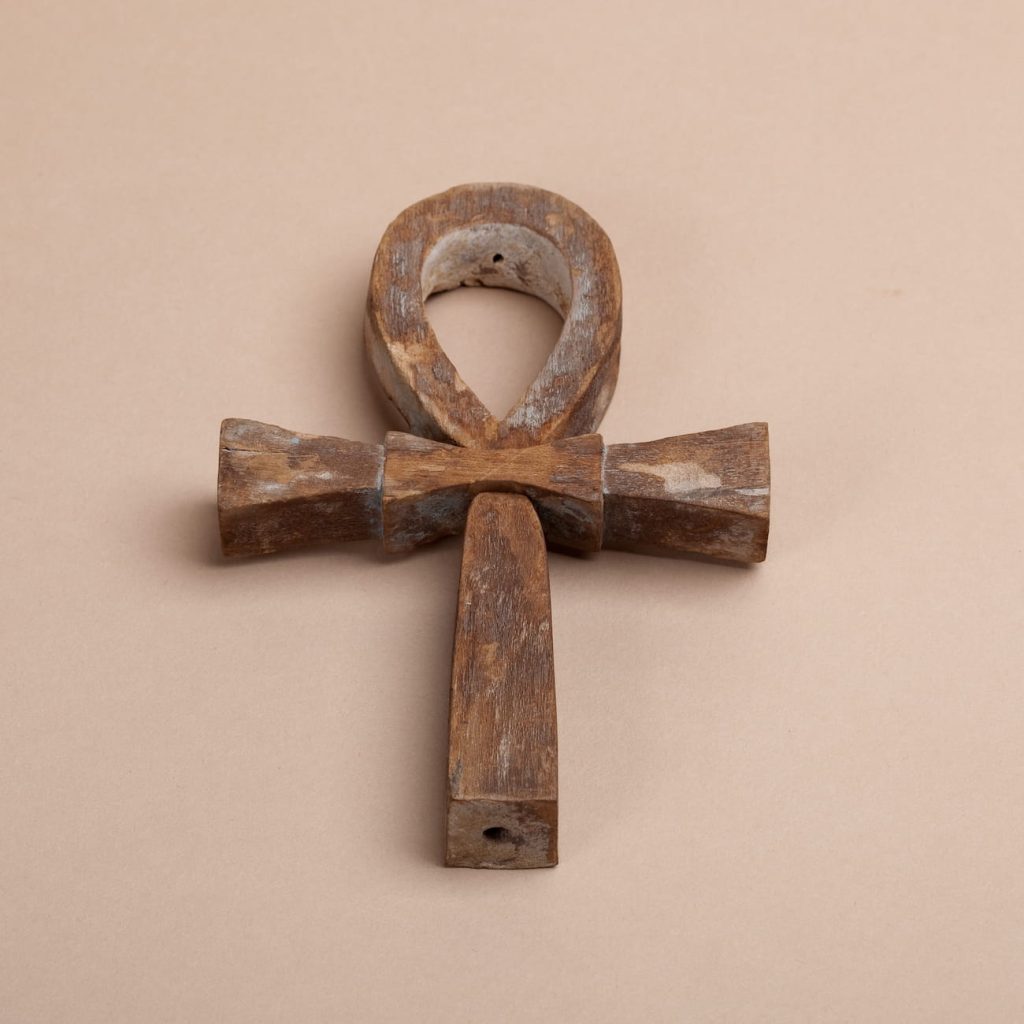
Ankh Symbol
Two of the most historic images in Egyptian mythology are the Djed and the ankh. Individually, they had particular meanings; together, they conveyed a powerful story. The Djed pillar meant stability and endurance, while the ankh meant life itself. When conjoined, the Djed pillar ankh declared that life rests on strength for support.
This combination is often showcased in temple carvings and funerary arts. The gods would bring the ankh near the lips of the deceased, giving them breath,” as the Djed stood for the support which would keep this life everlasting. The message is clear: eternal life needs a backbone, both literally and spiritually.
The Djed plus ankh shape was a very common amulet. It would be worn as jewelry for protection. As it was to carry with it a divine life-force and force of stability. The combination of the two symbols shows how much Egyptians loved combining meanings. Layer upon layer of strength, life, and eternity was an idea instilled in one object.
The Djed and ankh also helped to build some political clout. In using them, Pharaohs professed divine authority, asserting that their rule was stable and life-giving. In temples’ reliefs, one is able to see kings presenting the Djed with ankh to gods as gifts or receiving it from them.
To contemporary minds, probably the combination still feels quite powerful. The Djed pillar symbol, joined with the ankh, continues to grip interest from scholars around the world as they try to unearth its full history, to people proudly wear Djed pillar jewelry as a symbol of strength and life. That is a timeless message: A person needs stability and life force to survive and build an uplifted life.
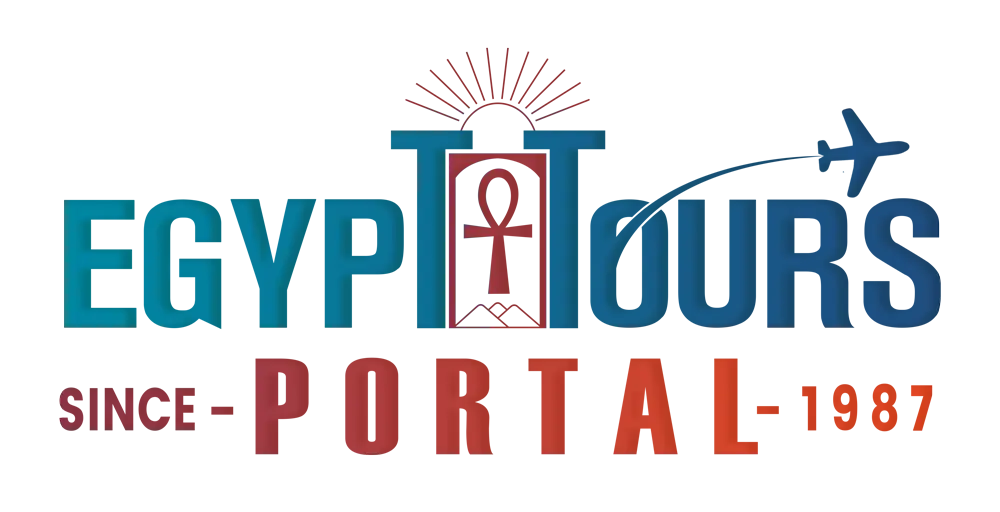 Purpose of the Djed Pillar
Purpose of the Djed Pillar 
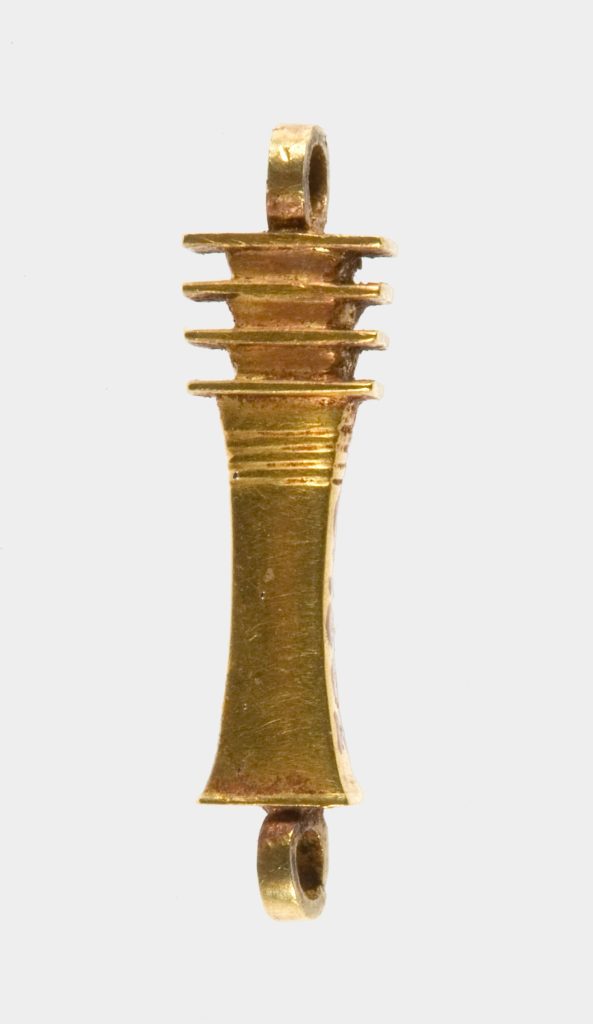
Jewelry element in the form of a djed pillar
The Egyptians held a belief that symbols had protective power, and the Djed pillar symbol offered even more. Djed pillar jewelry was often used as an amulet, especially in the funerary sphere. The amulets were commonly crafted out of faience, gold, or semi-precious stones. They would be made to resemble the Djed pillar.
The mummy itself was amongst the most commonly selected sites. A Djed amulet was fixed by priests at the base of the spine, as if to link the body with Osiris’s backbone. This union was considered to be beyond symbolic, as it was intended to use divine power physically, thereby enabling the deceased to stand firm in the afterlife.
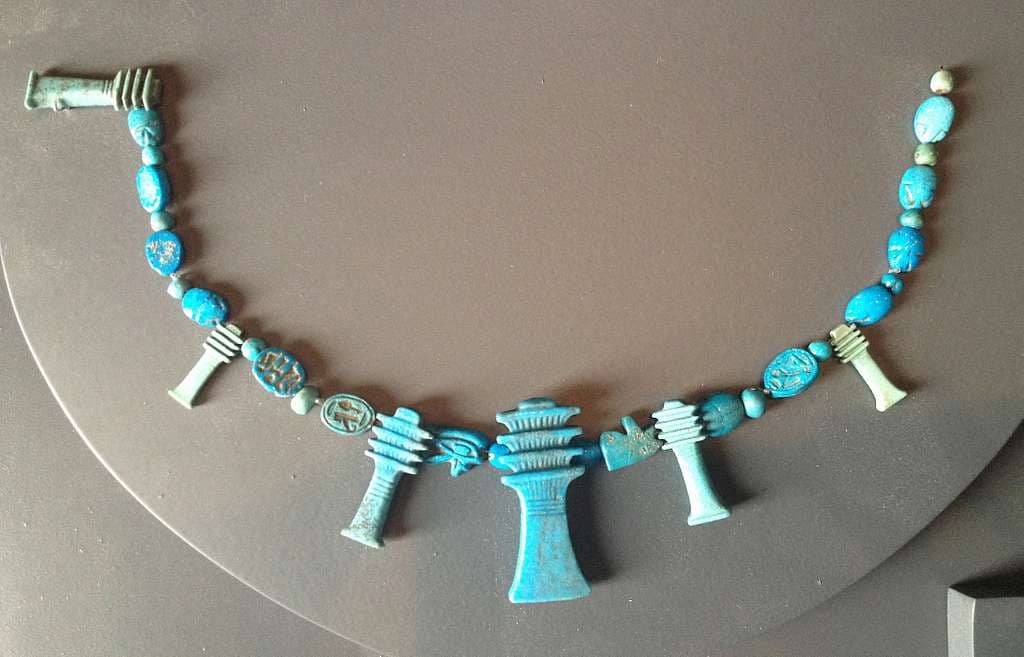
Amulet of a Djed Column
When used in jewelry, the Djed pillar symbolized endurance, strength, and eternal life. It was thought that the wearer might have protection through daily wearing. It steadied the body and offered divine blessings. The Djed amulet was thereby like many protective charms, with its protection focused on steadiness and endurance.
During the course of time, these wills of the gods often merged with other symbols, mostly the ankh. This produced hybrid jewelry with the magic of stability and the power to give life. This put the Djed pillar ankh well on its way to becoming a favorite combo.
Today, replicas of Djed jewelry are being produced as collectibles not only for those who delight in history but also for those drawn to its meaning. Modern designers create pendants, rings, and earrings that feature the shape, showcasing how the Djed pillar symbol has managed to transcend the confines of the Nile River Valley. The promise that it carried from antiquity is still relevant: strength to live forever, endurance.
Archaeological Finds
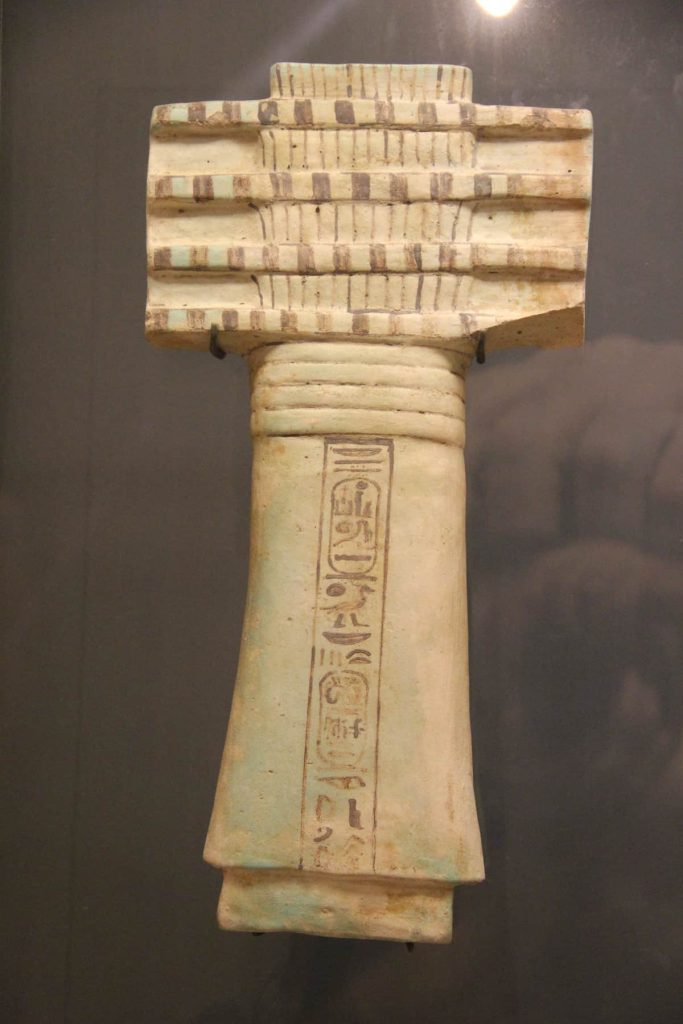
Ancient Egypt Djed Pillar Amulet
Archaeology gives us a window into how the Djed was used in real life. Excavations in tombs, temples, and burial chambers show just how widespread the Djed pillar symbol was. From the Old Kingdom onward, it was depicted on sarcophagi, painted on papyri, and fashioned into amulets. Its presence across centuries proves that the Djed pillar was central to Egyptian thought.
Many of the most striking finds are small objects: amulets made of faience, gold, or precious stones. These pieces of Djed pillar jewelry were placed near the spine of the dead during mummification. Priests believed this gave the deceased divine strength, ensuring their body would stand firm in the afterlife. Coffins often show the Djed painted near the lower back, reinforcing its role as Osiris’s backbone.
Larger finds include Djed carvings on temple walls and ceremonial poles that were likely used in rituals. Texts describe the “Raising of the Djed,” where priests lifted a wooden pillar to symbolize renewal and balance. Archaeological evidence suggests this was more than myth—it was a ritual enacted in real communities.
These discoveries allow us to see how the Djed functioned not just as an idea, but as a lived practice. From grand ceremonies to private amulets, the Djed pillar symbol carried meaning in every layer of Egyptian life. The finds confirm its role as one of the most enduring icons of the ancient world.
The Djed Pillar in Modern Meaning
Although many thousands of years have passed, the Djed pillar still speaks to people today. A variety of interesting transitions have taken the meaning from ancient temple walls to jewelry, art, or even spiritual practice. Many designers create Djed pillar jewelry that becomes the modern version of amulets once worn in Egypt. To some, it is merely a fashion statement. To others, it denies the chance to delve into ancient wisdom and strength.
The pairing of the Djed pillar ankh has remained popular. This combination is frequently used in pendants and tattoos, representing the union of stability and life. It has the same message the Egyptians believed in: life is best when supported by strength and balance.
Beyond jewelry, the Djed has now gone international as an emblem of resilience. People consider it a reminder to remain hard on standing through tough times and to stay grounded whenever life feels ambiguous. Some spiritual movements outside Egypt, too, have adopted the symbol to be a sign of personal stability and spiritual rebirth.
Museums and exhibitions also contribute to the conservation of the Djed. It is now a part of Egyptian collections that visitors worldwide get to see while learning about the pyramids, the ankh, and other well-known symbols. Having such a universal message allows people from today to associate with it, even if they might hardly know their ancient Egyptians.
The power of a simple image is further proved by the survival of the Djed pillar symbol. It moves beyond history and continues to inspire strength and endurance today.
Conclusion
The Djed pillar symbol began as a simplistic form. It was interpreted down the line as one of Egypt’s most powerful endorsers. The idea of being Osiris’s backbone brought with it notions of strength, order, harmonizing natural forces, and eternal life. From temples, along walls, and into graves of kings, from amulets worn by the living and painted to carved in relief on tomb walls of the greatest Pharaohs, the idea of the Djed pillar permeated every corner of Egyptian belief.
One can observe the pillar in modern art and jewelry adorned with pairs of Djed with an ankh. Whether for religion, culture, or fashion, the Djed pillar ankh continues to unite life with stability. Through thousands of years, the concept and symbolism of the Djed therefore mean the same thing. This was to stand tall, to prevail through life, and carry the promise into the future.

